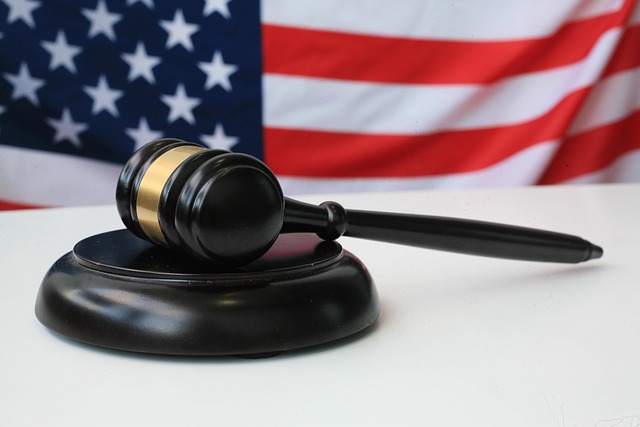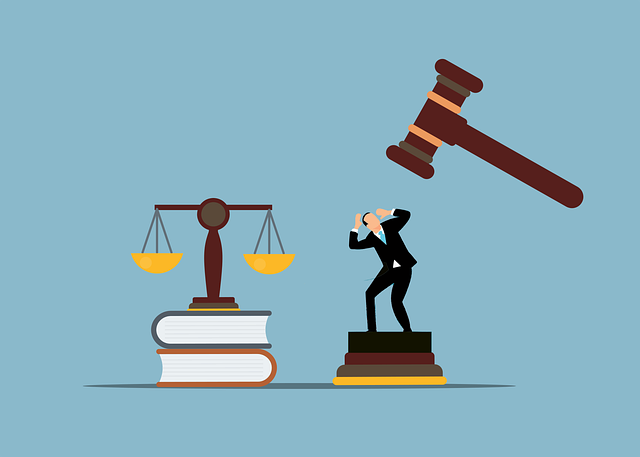Antitrust laws protect consumers through fair competition and prevent monopolies. Criminal prosecutions rely on documentary evidence (contracts, records), witness testimonies, and market analysis to prove anti-competitive practices. Types of evidence, including direct and circumstantial, are crucial for defense strategies. Market analysis identifies illegal behaviors like price fixing using financial, sales, and industry data. Consequences include fines, structural remedies, and legal oversight to promote fair business practices.
“Antitrust violation cases are a critical aspect of maintaining fair market competition. This article delves into the intricate world of antitrust laws, their purpose, and how they safeguard consumers from anti-competitive behaviors. We explore common indicators of potential violations, differentiate between direct and circumstantial evidence—key elements in criminal prosecution—and emphasize the significance of market analysis. Furthermore, we analyze consequences and remedies for convicted companies, shedding light on the impact and process of these legal battles centered around Types of Evidence Used in Criminal Prosecution.”
- Understanding Antitrust Laws and Their Purpose
- Common Behaviors Indicating Potential Violations
- Types of Evidence: Direct vs. Circumstantial
- The Role of Market Analysis in Prosecution
- Consequences and Remedies for Convicted Companies
Understanding Antitrust Laws and Their Purpose

Antitrust laws are designed to promote fair competition and prevent the formation of monopolies in the market. These laws aim to protect consumers by ensuring a diverse range of products and services at competitive prices. The primary purpose is to maintain a level playing field for businesses, fostering innovation and economic growth. Understanding these regulations is crucial, especially for corporate and individual clients alike, as they navigate various industries.
In criminal prosecutions for antitrust violations, several types of evidence are typically used throughout all stages of the investigative and enforcement process. This includes documentary evidence like contracts, agreements, financial records, and communication logs. Additionally, witness testimony from employees, executives, and industry experts can provide valuable insights into the formation and implementation of anti-competitive practices. By examining these pieces of evidence, authorities can build a strong case to demonstrate the intent and impact of the alleged violations.
Common Behaviors Indicating Potential Violations
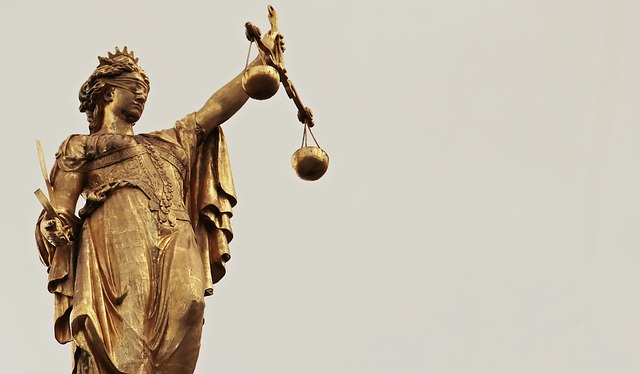
In the realm of antitrust law, identifying potential violations requires a keen eye for certain behaviors that signal collusion or market manipulation. Common indicators include price-fixing agreements, where companies conspire to set uniform pricing, restricting competition. This can manifest as bid-rigging, where businesses coordinate their bids to win contracts while limiting competitive bidding. Additionally, the sharing of sensitive business information among competitors is a red flag, as it enables them to make strategic decisions that suppress market competition.
Types of evidence used in criminal prosecutions for antitrust violations include documentation such as emails and meeting minutes revealing illegal agreements, as well as expert testimony analyzing market trends and pricing patterns to demonstrate anti-competitive behavior. These high-stakes cases often hinge on gathering concrete evidence to avoid indictment and mount a robust general criminal defense strategy.
Types of Evidence: Direct vs. Circumstantial

In antitrust violation cases, the types of evidence presented can significantly sway the outcome of a trial. Evidence can be broadly categorized into two main types: direct and circumstantial. Direct evidence directly proves a fact in question, such as a damning email exchange or a confession from a key witness. It’s straightforward and easy to understand, often serving as a smoking gun that can swiftly unravel complex conspiracy theories. On the other hand, circumstantial evidence doesn’t prove a fact directly but instead provides a chain of logical inferences leading to a conclusion. This type of evidence includes patterns of behavior, market trends, or expert testimony that build a compelling argument, particularly when piecing together all stages of the investigative and enforcement process.
Understanding these distinctions is crucial for both prosecutors and general criminal defense attorneys navigating the complexities of antitrust law. While direct evidence can be powerful, circumstantial evidence becomes even more significant when it’s used to fill in gaps or corroborate other pieces of information. In cases involving intricate business dealings and complex market dynamics, a combination of direct and circumstantial evidence is often required to convincingly demonstrate an anti-competitive practice that harms the philanthropic and political communities.
The Role of Market Analysis in Prosecution
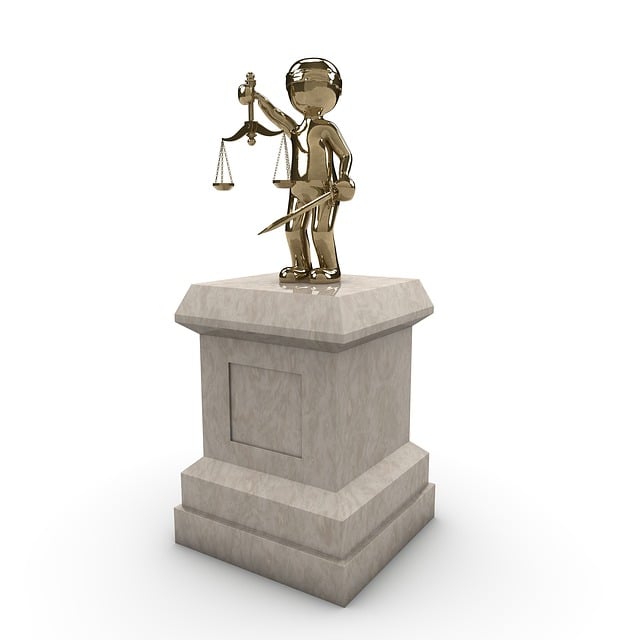
In antitrust violation cases, market analysis plays a pivotal role in prosecution. Prosecutors and investigators meticulously examine various factors such as market structure, competition levels, pricing trends, and market share held by respective businesses. This in-depth analysis helps establish whether anti-competitive practices have been employed, including price fixing, market division, or suppression of competition. By employing sophisticated economic models and statistical analyses, they can identify patterns indicative of illegal activity, which serve as key types of evidence used in criminal prosecution.
The process involves gathering and interpreting different types of evidence, such as financial records, sales data, and industry reports. This evidence is crucial for demonstrating the existence of conspiracies or coordinated behavior among businesses that may be avoiding indictment by engaging in anti-competitive conduct. Understanding market dynamics allows prosecutors to effectively communicate complex legal concepts to juries during trial, ensuring a thorough examination of the charges.
Consequences and Remedies for Convicted Companies
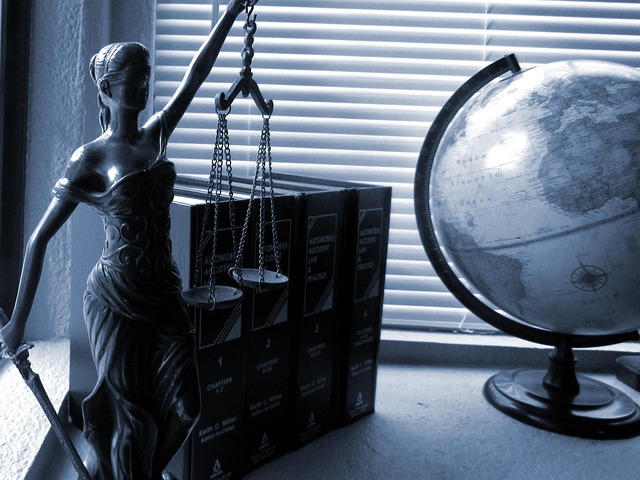
When a company is convicted of an antitrust violation, the consequences can be severe. The primary focus for authorities is to restore competition and prevent future infringements. Fines are commonly imposed, often amounting to millions or even billions of dollars, depending on the scale and impact of the violation. These penalties aim to deter similar behaviors and compensate affected markets. Additionally, companies may face structural remedies, such as divestment of specific assets or restrictions on certain business practices, to ensure fair competition.
The types of evidence used in criminal prosecution play a crucial role in these cases. Prosecutors leverage detailed financial records, internal company communications, and expert testimony to build a strong case. For instance, emails discussing price-fixing strategies or market division can be compelling evidence. Further, remedies often involve not just financial penalties but also legal oversight and stricter compliance requirements for the convicted entity, ensuring that both corporate and individual clients are held accountable while promoting fair business practices moving forward.
Antitrust violation cases are complex legal battles that require a deep understanding of market dynamics and robust evidence collection. By examining common behaviors, distinguishing between direct and circumstantial evidence, and leveraging market analysis, prosecutors can build strong cases to deter future anticompetitive practices. The consequences for convicted companies can be severe, including significant fines and structural remedies aimed at restoring fair competition in the marketplace. Understanding these aspects is crucial for both legal professionals and businesses seeking to navigate the intricacies of antitrust law and avoid potential pitfalls.




